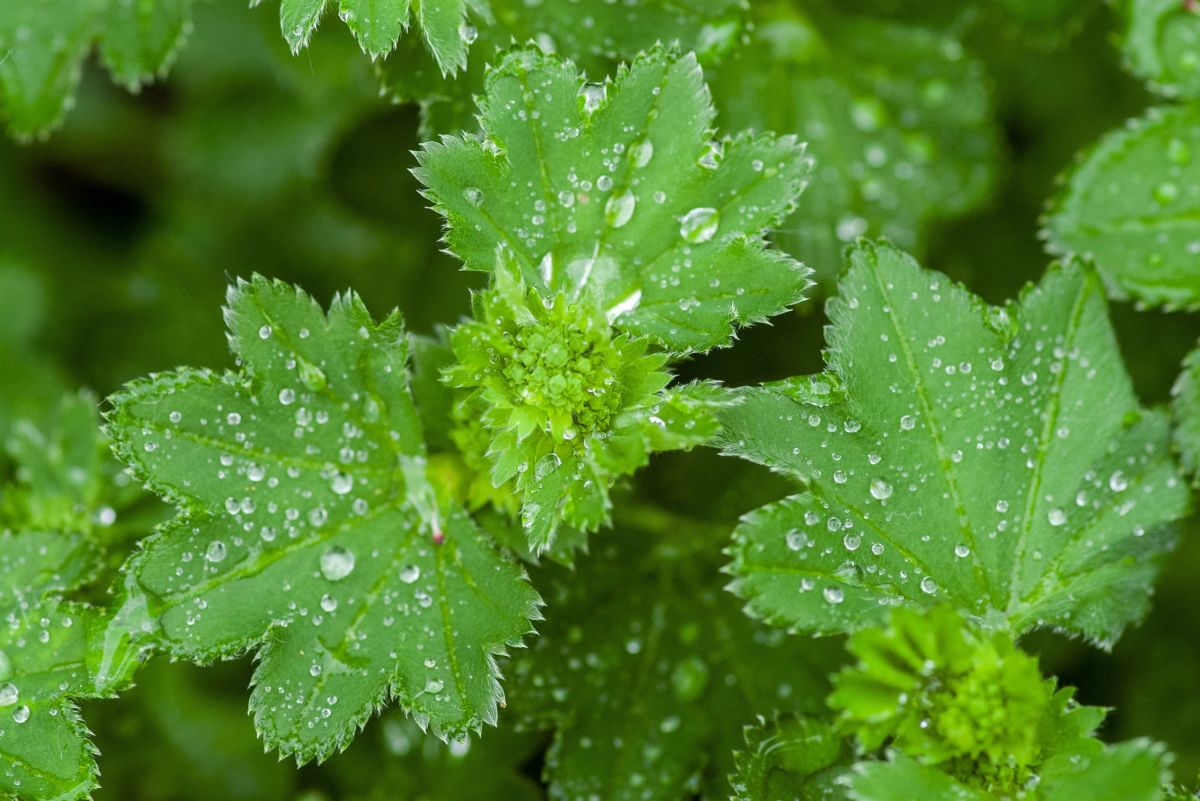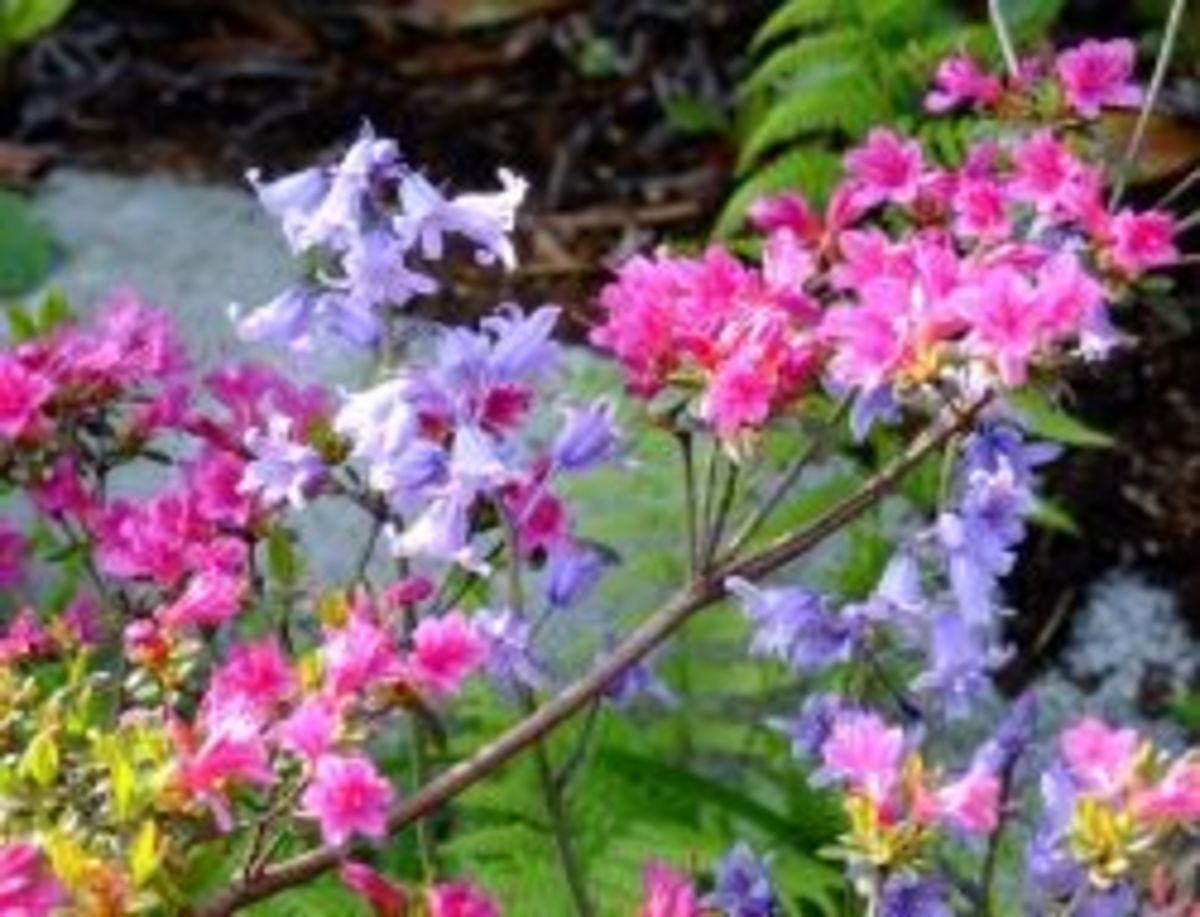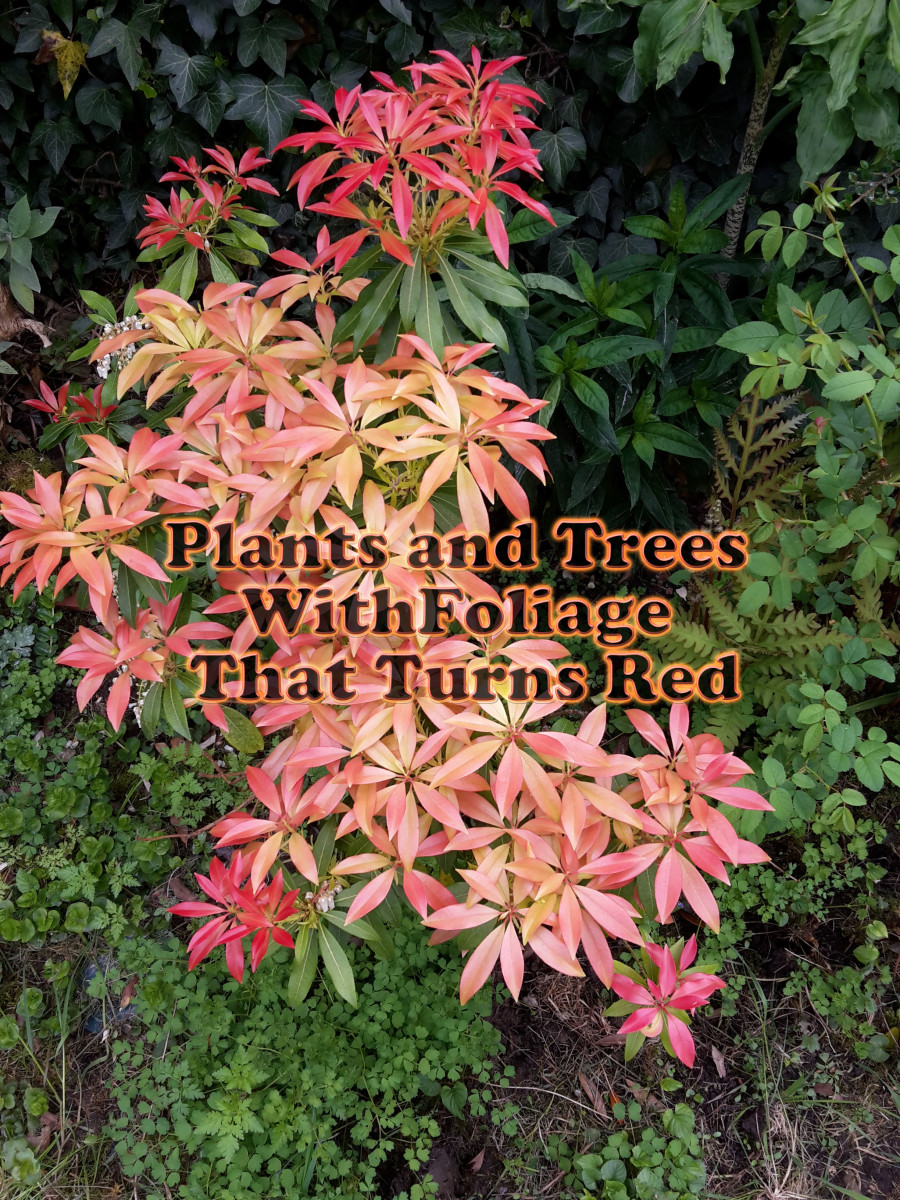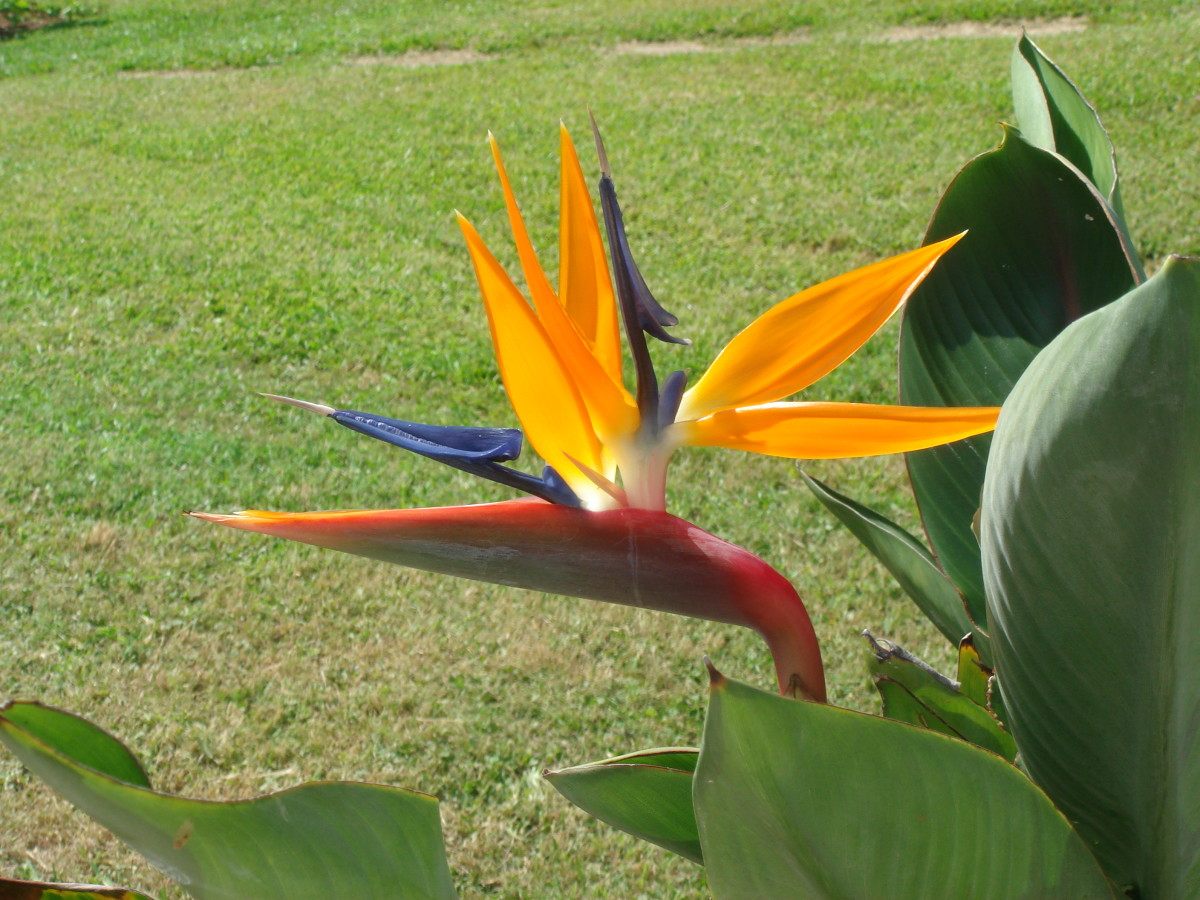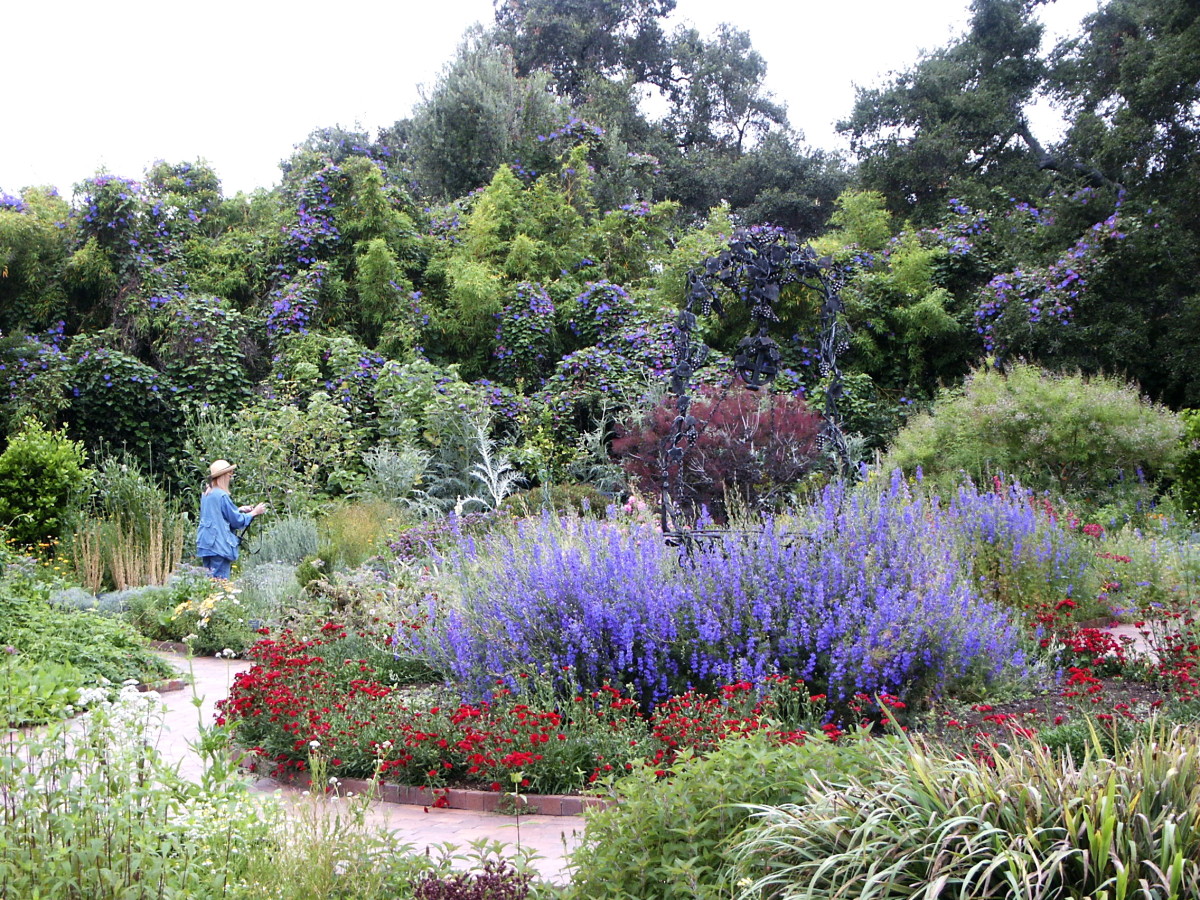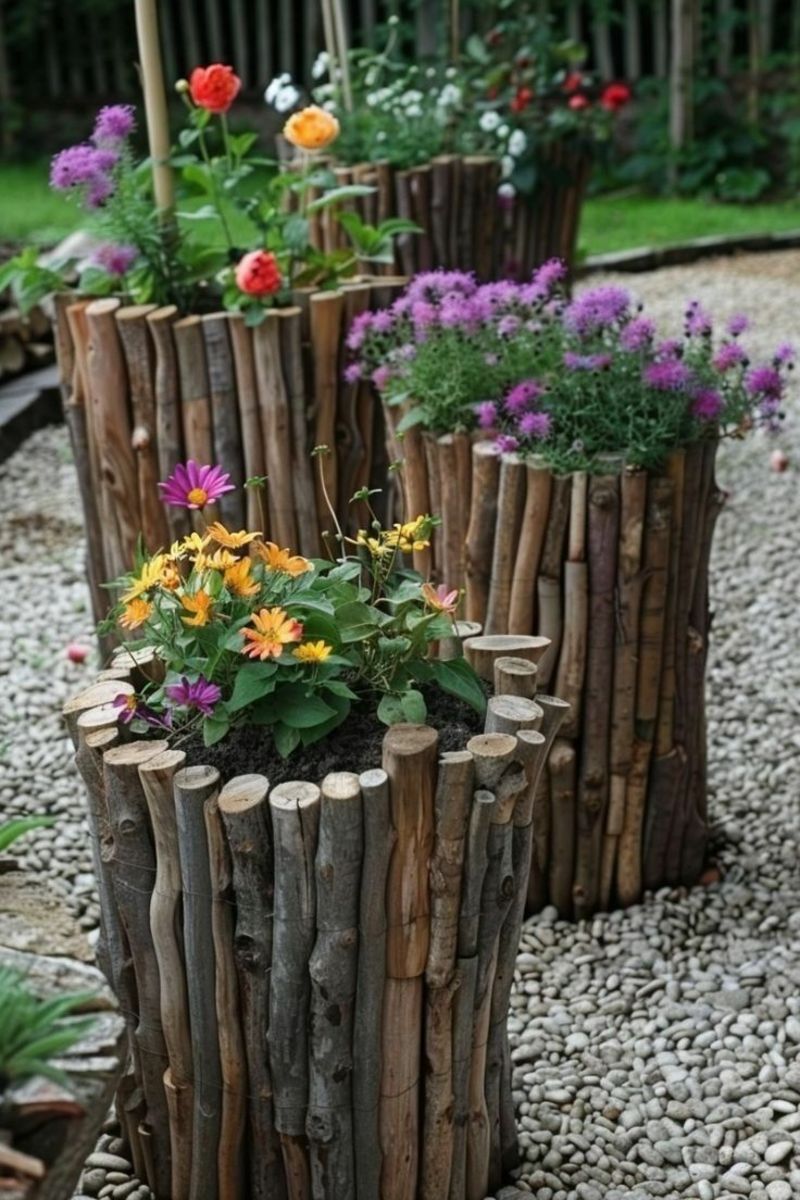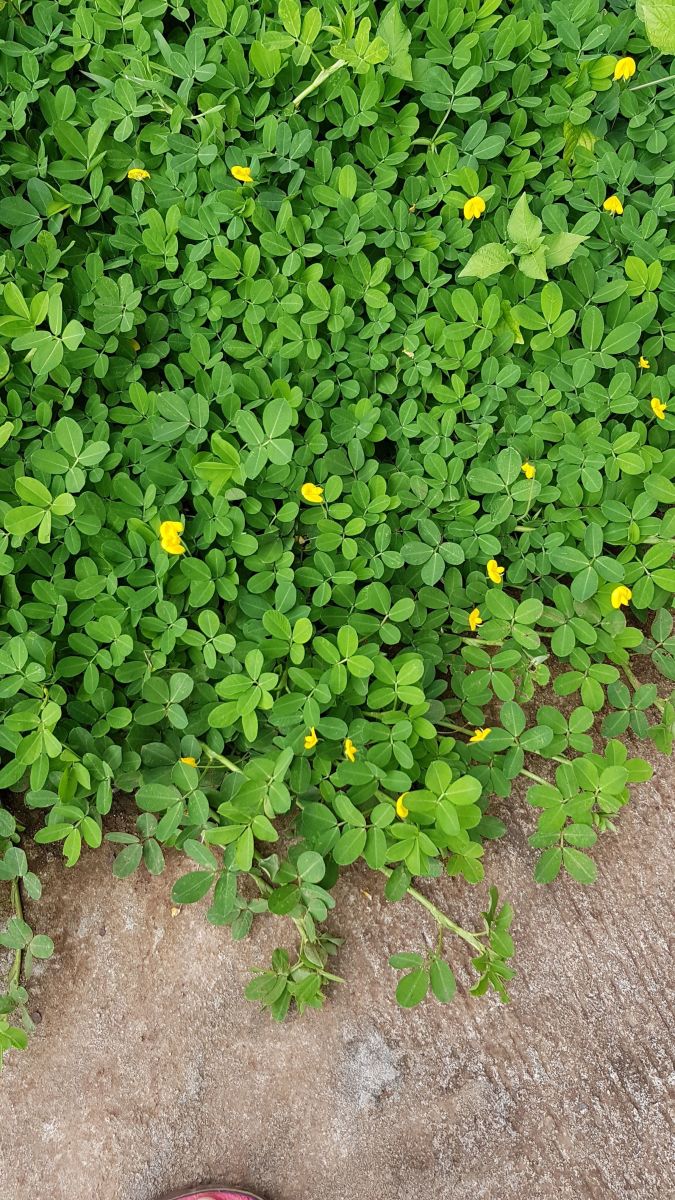A Tropical Feel for a Northern Garden
The people in Maine often spend their entire winters looking forward to summer. While our gardens are buried by three or more feet of snow, we long for warmth and sun and color. Pictures dance in our minds of a tropical oasis, a cool cabana or a sunny retreat. Bringing the essence of the tropics to our backyard will make that harsh winter a little bit more bearable.
Wait, That will never work! Tropical plants won’t survive in that zone! This is all a silly fantasy, right? You’d be surprised what you can achieve by thinking outside the box.
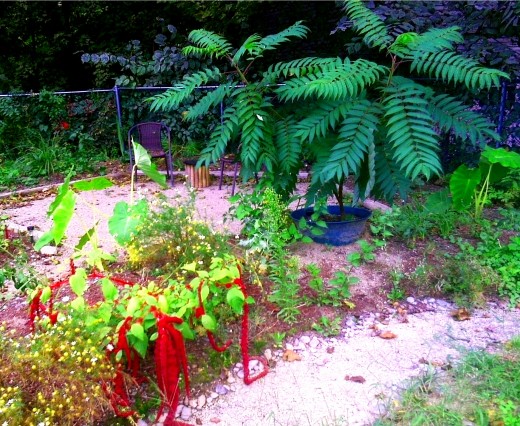
What are the options?
There are two ways you can achieve a tropical look. The method you choose all depends on how much maintenance you wish to commit to. The first method is to use tropical plants. Some of these can be dug up in the winter and stored, or some can even be protected right there in the ground. The other option is to use hardy plants that emulate the tropical vibe that your going for. This method take a lot more creativity, but it’s much easier to maintain once your garden is established.
Personally, I use a combination of both methods. The majority of my plants are hardy perennials that wouldn’t look out of place in a tropical landscape. Then I sprinkle in a few dramatic tropicals that I can store each winter and re-plant in the spring.
Tropical Look-alikes
In order to be successful with this method, we must understand what exactly makes a plant look tropical. This is pretty easy to figure out. Just take a look at some tropical plants. Very generally speaking there are three types of plants that look very exotic:
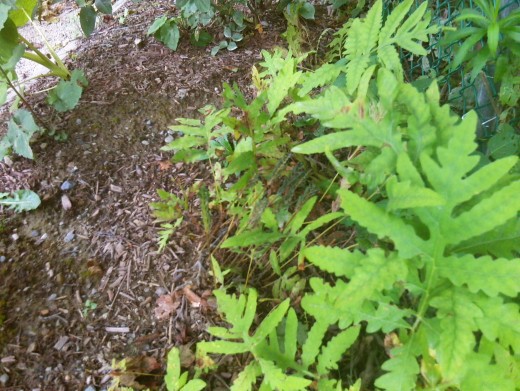
Ferny or Lacy Foliage
A great example of this is( you guessed it) ferns! Ferns line the jungle floors throughout that hot region. However there’s great news: Ferns live in temperate climates too! If you fill your shady spaces with several varieties of ferns that thrive in your area you’ll have a low maintenance area that will blend right in with your tropical goal.
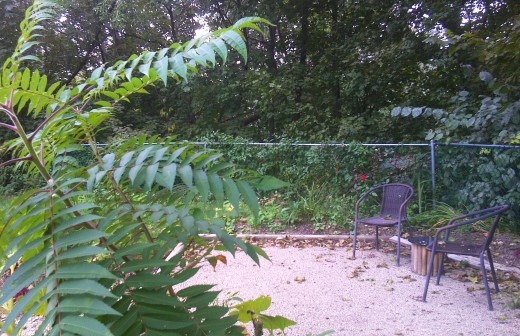
Sumac Trees are also a wonderfully looking addition. Their twisting contorted branches are reminiscent of the roots tangling up on the rainforest floor. The leafy foliage burns with a rainbow of brilliant colors in the fall, but for now, it's shape give a subtle suggestion of a palm tree. Be careful where you place this one however because it spreads like mad. Mine is in a large pot that I’ve buried in the ground to prevent it from taking over everything.
Large Broad leaved foliage
Banana plants and Canna’s bring an instant image of the tropics. We’ll talk about how to use real tropical plants later. First lets talk about plants that come from around here. Hostas are a great easy care plant. They need a shady area so they work well placed near ferns.
When looking for plants with large leaves, look for leaves that are smooth on the edges. Serrated edges are an adaptation that plants use in colder climates to kick start their growing season. These plants can still fit in depending on their other qualities, but smooth edged leaves are more likely to exude that exotic feel.

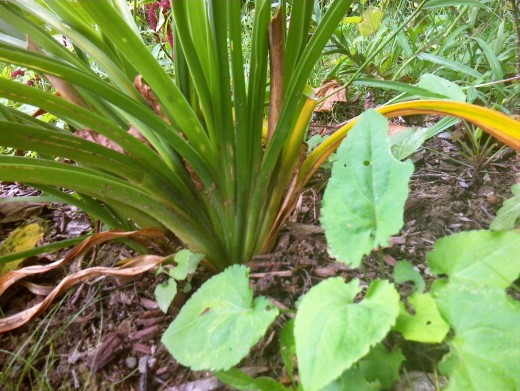
Spikey Foliage
Think of Yuccas and Palms. Yucca rostrata is hardy to Zone 5 and should survive in many parts of Maine. However it may need protection in other parts of the state, so be sure you know about the zone of your specific locality. Irises are another option. Most people plant them for their flowers, but once those flowers fade you still have a real treat. Day lilies can also give you this look, especially when divided and thinned out. The leaves will grow more robust when given more space.
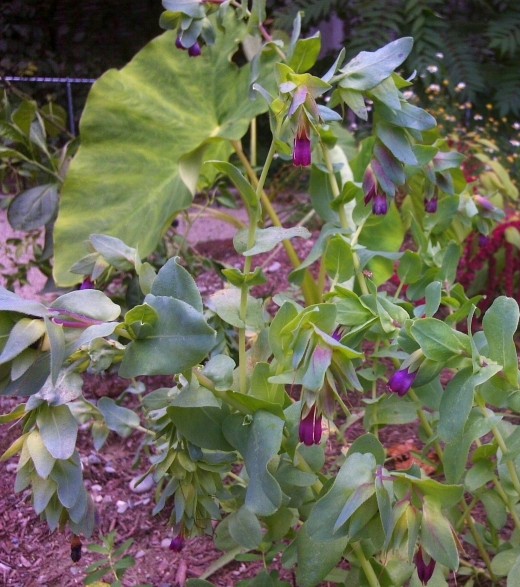
Flowers
Let's not forget that leaves aren’t the only thing to look at. What about flowers! We want a pop of hot color after all, but where do we start? What do we look for in a flower. Where one flower may instantly remind us of a misty balmy jungle, others make us think of an English cottage. Not that English gardens aren’t lovely…. They’re just not what we’re going for. The following are the key elements of a tropical flower:
Hot color: Salsa dancers rarely wear periwinkle blue. Think fire! Think passion! Think hot! Red, orange, yellow, and hot pink are what the majority of the colors should consist of. Then for a little contrast add just a few strikingly cool plants, like this kiwi blue honewort.
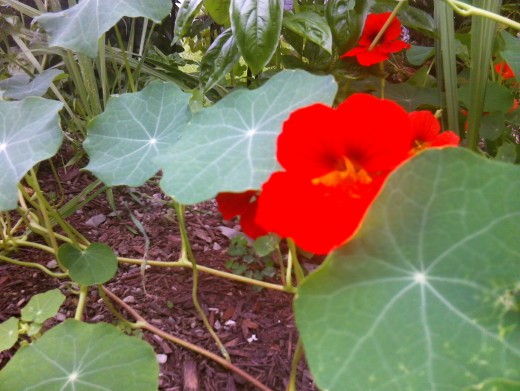
Big flowers: The bigger the flower, the more exotic it looks. Lilies and daylilies are a personal favorite of mine.
Bold and Strinking: Flowers of an unusual shape or pattern always give an exotic feel. Tritoma (red hot pokers) could surely look at home at a Mexican hacienda, and toad lilies, though small, look like they come from another planet!
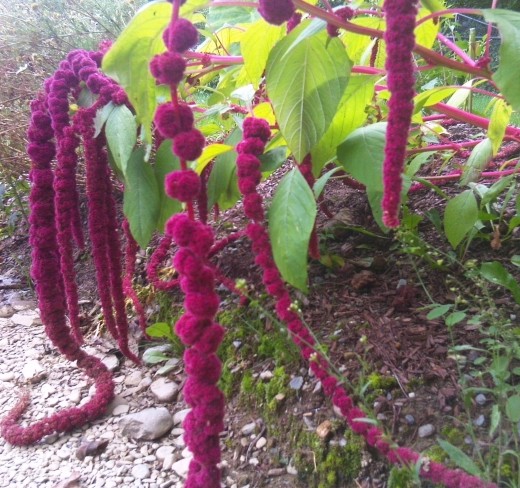
Annuals
Many of the annuals we grow in the north are tropical plants. They grow quickly enough and bloom profusely enough that we can start them from seed and still have time for a great show in the summer months. Others annuals may not technically be tropical, but they sure have that spicy attitude. Look around in your garden center at the seed choices, the options really are endless. Choose the same types of plants we looked for in the look-alikes: large broad foliage, lacy foliage or something spiky, and flowers that are big, bold, and hot.
The Real Thing- Tropical Plants
Overwintering
There are several different ways to over winter tropical plants. Which method you use is dependant on the plant. Here’s a sampling of the methods and the plants that require them:
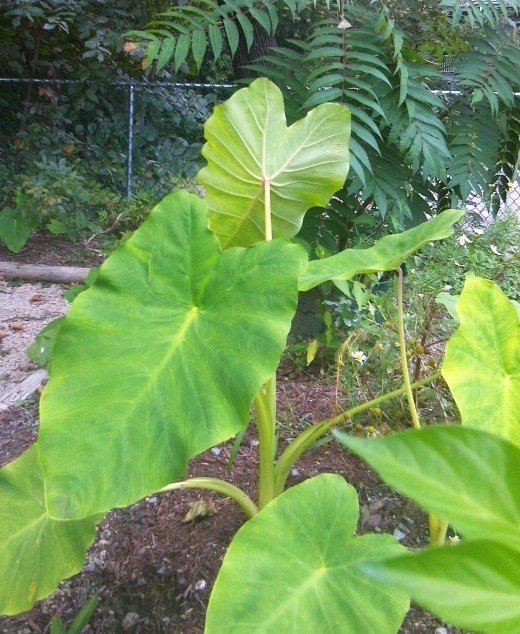
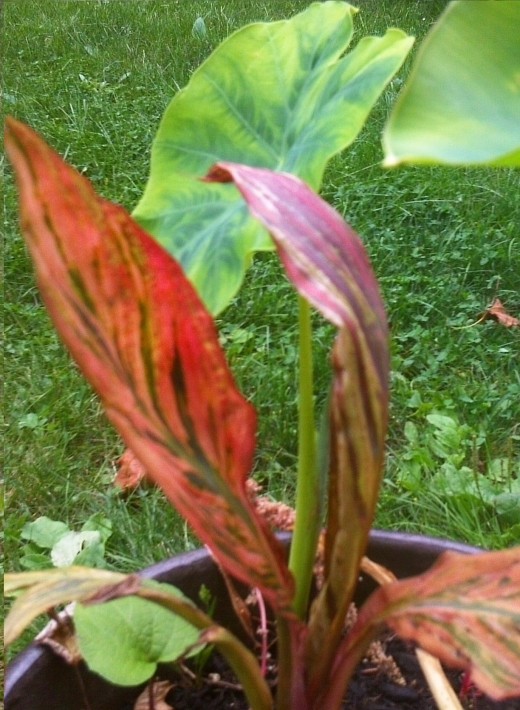
Store them Dormant
Essentially you dig up the bulbs,
corms, roots, or tubers and store them in a cool (not freezing) dry
place. This method is great for elephant ears, cannas, gladiolus, and
probably many others.
Let the foliage die back in the fall. As
soon as all the plant is brown you can cut the foliage off at ground
level and dig up the bulb, corm, or roots. Brush off the excess dirt and
take a good look at what you have. If it’s a bulb that you’re saving
check it for any black spots or mushiness. You don’t want to save
anything that might be diseased in any way, especially if you’re storing
it with other plants. It should be firm to the touch.
At this
point you have a few choices for how you store the plants. One option is
to place them in a small box and cover them with peat moss. Put a
little space between each bulb or root ball to ensure they have adequate
air flow. The key is to keep everything dry. If moisture builds up
around the plant matter it will rot. You don’t want that. Another great
way to store them is in a mesh bag, such as the ones you can buy onions
in at the grocery store.
When you have your plants all tucked in the way you want them you now need to choose a place to keep them. You want a cool, dark, dry place such as a garage or basement. Any place will do as long as the temperature stays above 40 degrees. You want them to be in darkness, because you want them to stay dormant. If they wake up in the middle of winter and start sprouting up new growth they become vulnerable to the elements. You also want a dry place to prevent rot and mold.
Store them as Houseplants
The plants that do best as houseplants are the ones that don’t need a ton of direct sunlight, and don’t need super hot temperatures. If you’re like me, and keep your house just above 60 degrees in the winter you have to be careful which plants you use. Many will go dormant or even die if the temperature goes that low. If you like to heat your house to a balmy 70 degrees your options are greater. Check the plant tags when you buy them to see what the minimum temperature is that the plant can stand.
Shade lovers, who don’t grow to enormous sizes usually are the best choices for indoors. You also want to consider their watering needs. Unless you want to water them several times a day, don’t choose a plant like the canna that likes to live in very moist soil. For low maintenance try succulents like bromeliads.
To use these plants indoors simply dig them up as you would if you were transplanting them and plant them in a pot that is large enough that they can grow into. You will see that as spring approaches they will often get a kick start of growth and you’ll be glad you prepared for that.
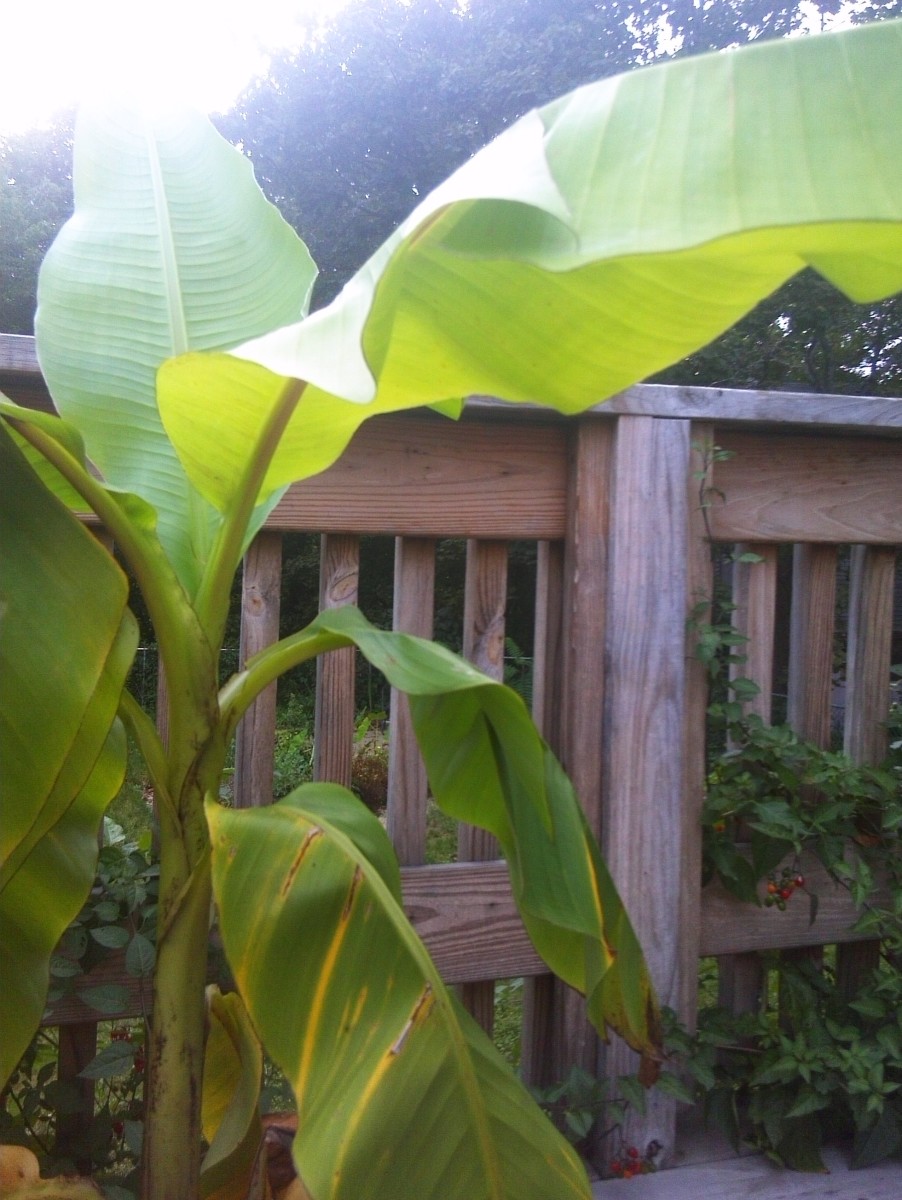
Overwinter in the Garden with Protection
Some plants can stay right in the garden if you give them some extra attention. If your “lucky” enough to live in a place like Maine that is buried with at least 3 feet of snow during the winter, you end up with even more insulation for those plants. However, this snow cover is not enough.
How you protect them really depends on how far off you are from their native zone and how large the plant is.
If you’re only about 1-2 zones north of the plants preferred habitat heavy mulch may be effective. You can trim small plants back to the ground each year and cover them with a very thick layer of mulch up to a foot deep. The thicker the mulch, the better you are protected. Larger plants can be covered in layers of burlap.
Cold Frames and Mini Greenhouses are a good choice plants that can’t be cut to the ground, or young plants. If a plant would normally survive in an unheated greenhouse you may be able to get away with a cold frame. These may not work in a place that is buried in snow, because greenhouses use sunlight to keep warmth in.
For very small plants you can use a large soda bottle or milk jug. Just cut off the top and turn it upside down on top of the plant. Push the sides down into the soil slightly to reduce any drafts that might enter the enclosure. Make sure the plant is not touching the sides, this could cause moisture buildup which might harm the plant, you want as much air surrounding it as possible.
For larger plants a clear plastic box of any kind will do as a small greenhouse. You may even chose to construct one out of wood or PVC and plastic sheeting.
If you want to go all in: There is a gentleman in Utah (Zone 3-4) who has built Styrofoam enclosures for his palm trees. He ties up the foliage and places the large box over the tree. Inside the box there is a light bulb that provides just enough warmth to get it through the cold. I will post a link below to more details.
The methods really are endless if you think creatively. I’ve even heard of someone using bubble wrap. Just make sure to experiment with plants that are not priceless or difficult to replace, until you find what works.
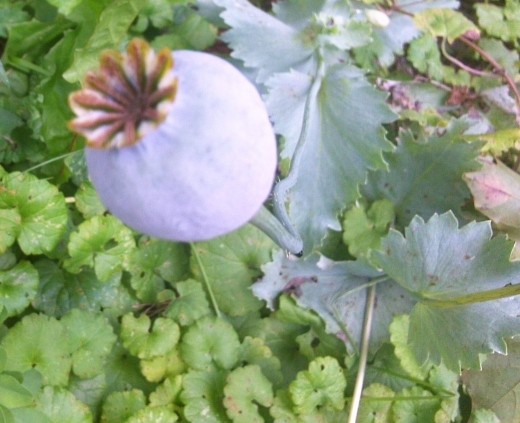
Other Helpful Information
Suggested Reading:
“Hot Plants for Cool Climates”
By Dennis Schrader, and Susan Roth
Links to palm tree protection:
http://forums.gardenweb.com/forums/load/palms/msg1119485023459.html
http://forums.gardenweb.com/forums/load/farnorth/msg1211132530111.html

